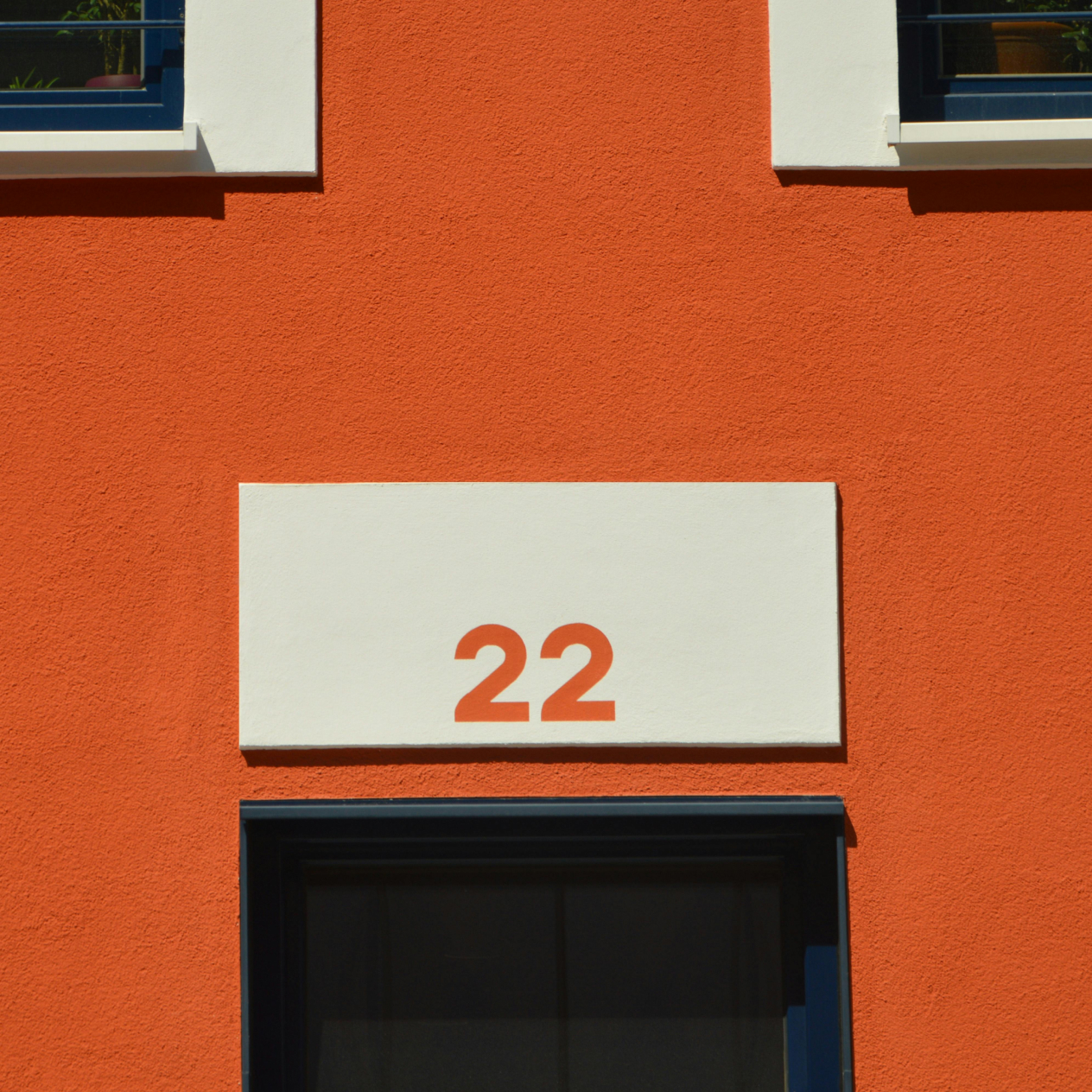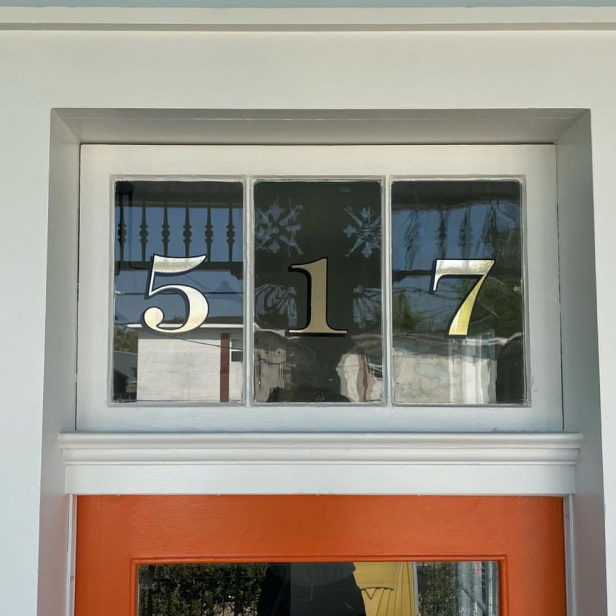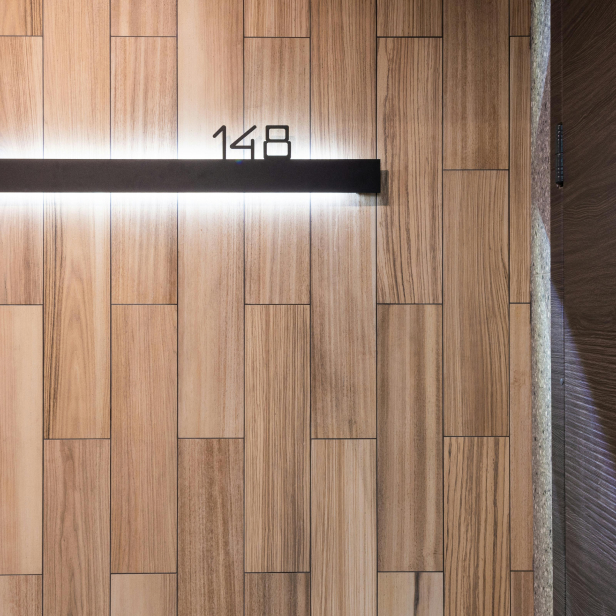




Wayfinding: Door & Floor Number Signs
Functionality: Floor number signs are typically installed on each floor of a building, making it easy for individuals to identify their location and navigate to their destination. Door signs are often used to label rooms, offices, conference areas, and restrooms, ensuring smooth movement throughout the space.
Material Options: Floor number and door signs are made from various durable materials, including acrylic, metal, and wood. These materials offer different finishes, ranging from sleek, modern designs to more traditional aesthetics, allowing customization to match the building’s design style.
Customizability: Custom signage options, including logos, text styles, and colors, can help reinforce branding or specific building themes. Personalized door signs for individual offices or rooms can create a professional atmosphere while providing essential information.
Floor number and door signs serve as the primary method of navigation within a building. Floor number signs are typically placed at the entrances of each floor to indicate the building’s layout, while door signs are used to mark specific rooms, offices, and spaces. Together, they make it easy for people to identify where they are and where they need to go.
These signs can be tailored to fit the aesthetic and branding of the building. From modern and sleek materials like acrylic and metal to classic wooden finishes, the design of floor and door number signs can complement the architectural style and corporate identity. Custom signage with logos, color schemes, and typography creates a cohesive and professional environment.
For accessibility, floor number and door signs must meet the standards set by the Americans with Disabilities Act (ADA). This includes features like tactile lettering and braille for visually impaired individuals, ensuring that everyone can navigate the building comfortably and safely.
Since these signs are in high-traffic areas, durability is essential. Materials like high-density urethane (HDU), metal, and acrylic offer long-lasting solutions that resist wear and tear. These signs are designed to withstand the elements, such as moisture or UV exposure, while maintaining their visibility and functionality over time.

Four Types of Wayfinding Signs
Identification Signs
Identification signs are essential for clearly labeling specific areas within a facility, helping people identify the function of a space or its owner. These signs include door name signs, room numbers, and elevator signage, ensuring that visitors and employees can easily recognize important locations within a building.
Directional Signs
Directional signs are critical for guiding people through large or complex facilities. They use arrows or other visual indicators to lead individuals toward their destination. Examples include directional arrows, lift signs, and stair signage, which help visitors navigate multi-level buildings and large commercial spaces efficiently.
Informational Signs
Informational signs provide non-directional details about a building’s amenities, features, or policies. These signs may include floor directories, safety information, or general guidelines on how to use various spaces. They assist visitors in understanding the layout of the building and contribute to a smooth experience.
Regulatory Signs
Regulatory signs are focused on ensuring safety and legal compliance within a facility. These include signs marking emergency exits, no-smoking areas, and other safety protocols. It is essential that regulatory signage complies with local and federal standards to ensure the facility meets safety regulations and avoids legal penalties.
Custom Door Signs: Personalized signs on doors that can include names, logos, or numbers. These are essential for identifying offices, meeting rooms, or even elevators within a building.
Room Numbers and Door Plaques: Clearly marked room numbers ensure easy navigation within buildings, ideal for hotels, hospitals, and office settings. Door plaques may also include additional information like occupant names or titles.
Elevator and Stair Signage: Signs indicating elevator locations or stair access are critical for effective movement in multi-story buildings. This category includes elevator out-of-order signs, stairwell markers, and emergency exit directions.
Directional and Wayfinding Signs: These signs guide visitors through complex spaces with ease. They include directional arrows, directory signs for office buildings, and custom wayfinding solutions that can be adapted to the layout and design of the specific building.



